Twenty-six years ago in the blockbuster hit “Twister,” actor Helen Hunt appeared on the big screen as Dr. Jo Harding in one of the first mainstream media depictions of a female storm chaser.
Opposite male storm chasers, Harding hunted down massive, record-breaking tornadoes with a combination of grit and scientific intelligence, shattering expectations about what a storm chaser could be.
But in the years since then, the visibility of female storm chasers — people who conduct meteorological research in the field to report tornadoes, storms, hurricanes and other high-impact weather conditions to weather bureaus — has waned.
One in 3 people in the U.S. say they have been personally affected by an extreme weather event in the past two years, according to Gallup, as concerns about climate change escalate.
“We’re stuck in this cycle where the media will go to male chasers for content, to cover them chasing, and women kind of fall by the wayside in that regard,” said Jen Walton, a storm chaser from Colorado. “Then the culture, because they watch that media, assume that a storm chaser is a dude.”

The lack of representation is one of several barriers women face in witnessing and documenting some of nature’s most remarkable moments.
“I think the combination of thinking it was too dangerous and you need to be an expert and not seeing people like me led me to believe that chasing wasn’t for me, wasn’t something that I can do,” Walton said.
An opportunity to change that perspective came in 2018, when Walton started storm chasing, but she eventually found herself frustrated by the inequities she experienced on the road, such as male chasers’ getting more regular engagement online and more financial compensation for their work.
“I had to work twice as hard to get the same recognition,” Walton said. “And it just finally reached a breaking point.”
To fill the void, Walton and storm-chasing veteran Melanie Metz launched Girls Who Chase last year as an Instagram page for women to share their work.
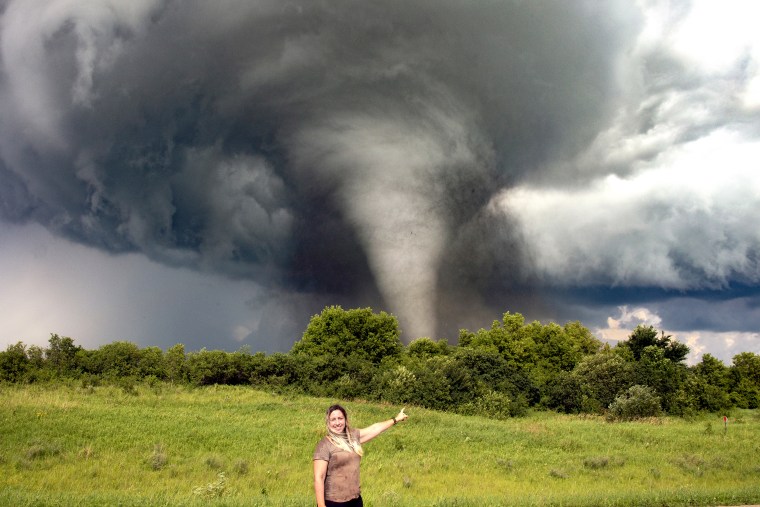
“If we’re not getting the media coverage that’s deserved or appropriate for what female chasers are doing, we’ll create our own until we do,” Walton said, adding that she has heard from chasers around the globe eager for women to take center stage. A sixth-grade science teacher reached out to Walton to say she shared the page with her students.
“Each time I get something like that, it would kind of blow me away,” Walton said. “I would think to myself this is much bigger than me or even storm chasing.”
In response to the interest, Girls Who Chase expanded to Twitter, where it hosts Q&As, and it set up a Patreon subscription service with educational opportunities. The group also launched a podcast featuring interviews with women in storm chasing and meteorology.
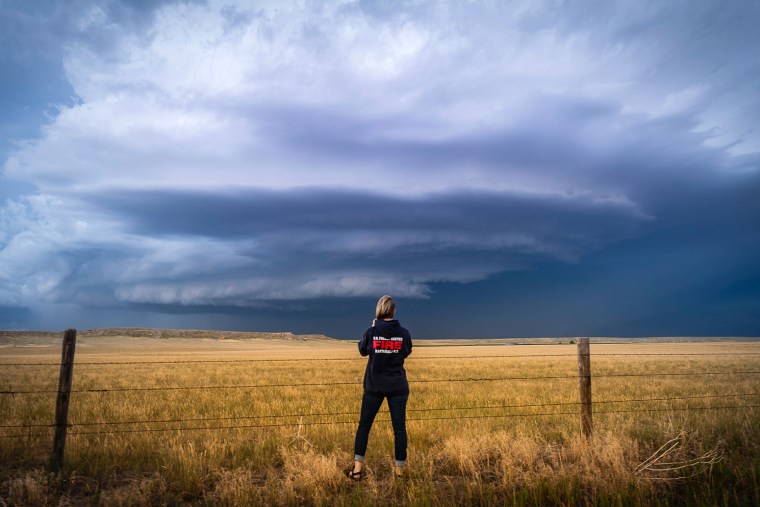
Walton said she has seen an influx of female chasers who started around 2020. Among them is Holly LaMontagne, of Michigan, whose lifelong interest in the atmosphere started with a tornado warning she lived through as a child.
“As we rounded the corner to go down the basement, I could see out the side door window, and the air was green — not the sky, but the air,” LaMontagne said. “That was the moment where I was like: ‘What is that? I need to know more.’”
But her journey was derailed when she failed to see herself represented in a community she believed was filled with only serious scientists or dramatic daredevils.
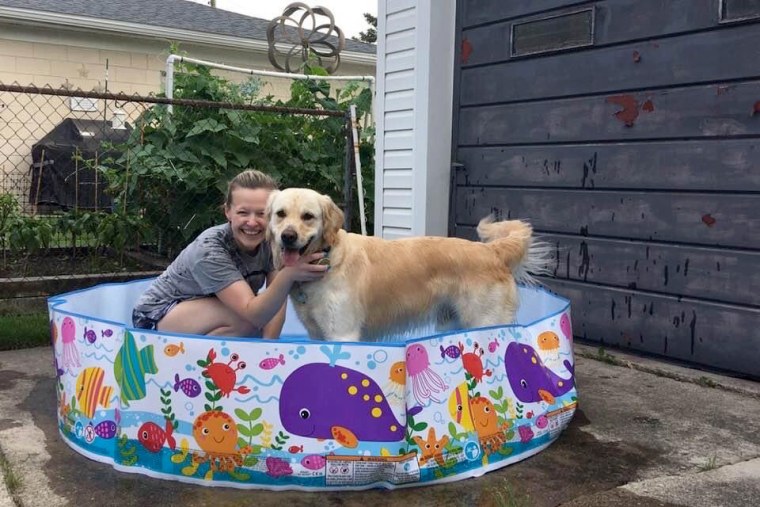
“My concern was I would not be taken seriously or I would be looked down upon, especially because I present very feminine and I am not a very serious research scientist,” LaMontagne said.
Then the Covid-19 pandemic hit, giving LaMontagne more time to learn about spotting storms. Coupled with support from other female chasers, it created a perfect storm that propelled her to Ohio, where she captured her first tornado.
“It just made everything click for me to see it right there in front of me,” she said.
Conditions are ripe to increase public interest in storm chasing, said Raychel Sanner, a co-founder of Tornado Titans, a storm chasers collective that publishes educational materials about the subject.
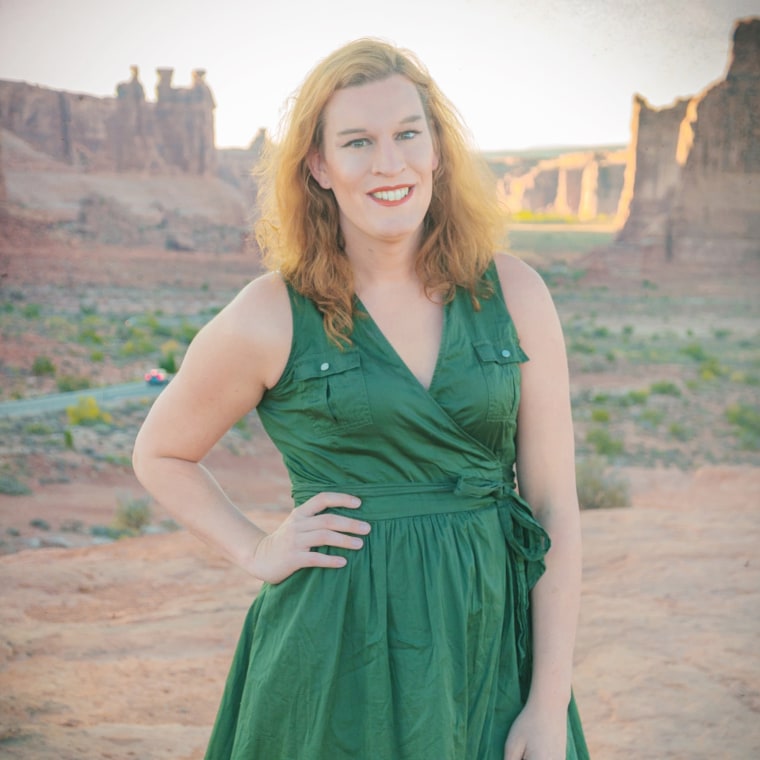
“People are interested in weather more so because of climate change,” Sanner said, “because they see this is impacting my life more than it usually does.”
Metz, a trailblazing veteran of storm chasing for over 20 years who starred in the 2007 TV show “Twister Sisters,” has seen the rise in female storm chasers firsthand.
“I think one of the first steps is happening now, where we are connecting more with each other as women and connecting with those who are experienced, like myself, who can help share some tips and tricks to help people feel a little more confident and sure of themselves to get out there,” she said.
Nazli Zeynep, a New Jersey storm chaser, said that she felt pressure in her Turkish community to pursue a more traditional career in a field like business but that seeing the work and careers of veteran storm chasers like Metz gave her the strength to embrace her passion.
“It’s helping us come together and be like: ‘Hey, you know what, I don’t have to be embarrassed, I don’t have to be shamed by this. I can do this,’” Zeynep said.
Jennifer Brindley Ubl, a Wisconsin photographer who has captured the fastest and largest tornadoes on record, has been chasing since 2006. She likened the shift in perception of female storm chasers and the increasing media attention to the sun breaking through a cloud, shining a light on diversity that has always been there.
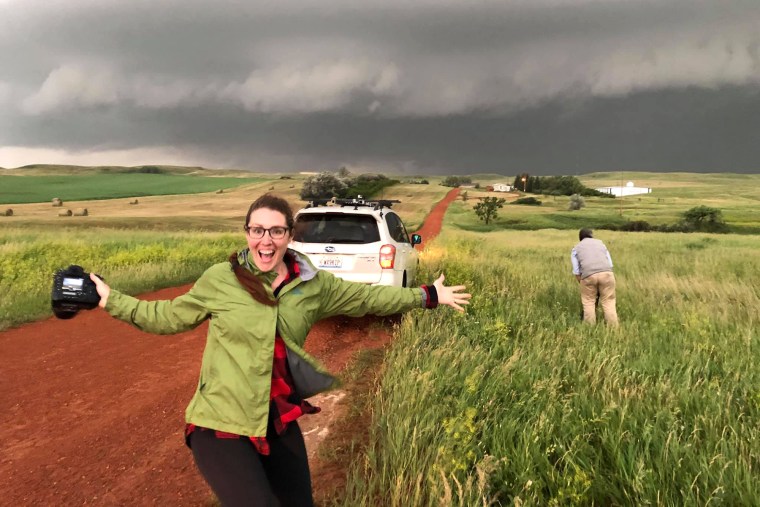
“Women, chasers of color, trans and queer chasers, we all exist, and we have existed in this community for a long time,” Brindley Ubl said.
Sanner, an Emmy award-winning transgender storm chaser for nearly two decades, said the spotlight is shifting to highlight more LGBTQ chasers and chasers of color.
“The weather is for everybody,” Sanner said. “It’s not just for the old guard of storm chasers. It’s for everybody.”
Brindley Ubl said nothing qualifies someone to be a storm chaser except “a totally uncontrollable obsession with wet weather and witnessing the power and fury of Mother Nature.”
For some, the obsession is all about the adrenaline rush as danger rises with the speedometer. Those with meteorological or scientific backgrounds are trying to learn more about weather phenomena. Others want to help the National Weather Service spot storms so it can warn affected communities more quickly and efficiently.
Then there are those who make up the majority of chasers, Brindley Ubl said, people somewhere in the middle who have a passion for chasing safely and experiencing the magnificence of a tornado.
“Once you’re standing in front of it, you feel that raw power. There’s absolutely nothing like it,” Brindley Ubl said. “It fills your tank all the way back up to the top, and you say: ‘OK, this is why we do this. This is what that sacrifice is for. Let’s do it again.’”
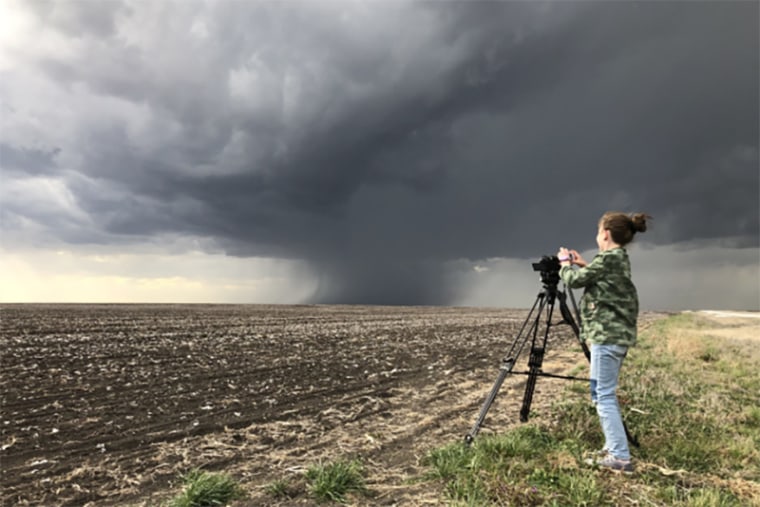
Already picking up the mantle are girls like Kylie Cox, 10, who chases storms with her dad, Gabe Cox, a professional chaser based in Texas, who takes extra safety precautions on their trips. They traveled to central Texas last year in a spin on Take Your Child to Work Day, spotting a funnel cloud up close.
“When you actually go out storm chasing, you realize that a lot more people than you think are interested in storm chasing, and it’s just super fun,” Kylie said.
While her sights are set on becoming a fashion designer in Paris, she would like to continue storm chasing as a hobby. On her bucket list is to chase a hurricane, which her dad said would have to wait until she’s old enough to drive.
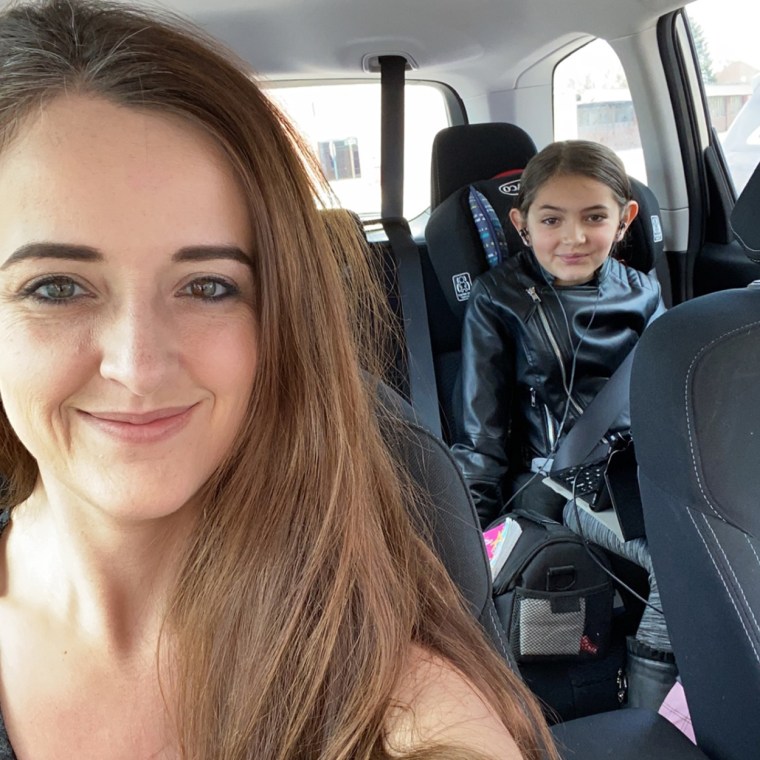
Jessica Moore, a Colorado meteorologist pushing for more on-screen female meteorologists’ delivering live reports in the field, took her daughter, Lily, 11, storm chasing in their home state last year and got the memory of a lifetime watching a tornado touch down.
“It’s just such an amazing bonding moment, because it’s showing her that, you know, this is the path that I created. It’s a unique path that wasn’t there before,” said Moore, who once worked for WeatherNation TV as a field correspondent. “And if you’re passionate about something, you can do it, too.”